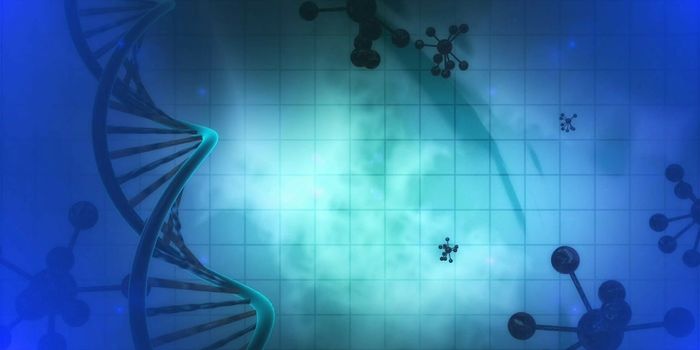New Device Detects Cancer from Blood Sample
Cancer continues to have an increasingly large impact on humans around the globe. In the U.S. in 2020, for example, it was estimate that there were nearly 1.8 million new cancer cases among adults. While new treatments are emerging every day, there is one type of cancer the is particularly challenging to care for: metastatic disease, which means a cancer has spread from its original location. By some estimates, metastatic disease accounts for the vast majority of cancer-related deaths.
A team of researchers at the University of Technology Sydney in Australia have designed a new way to detect cancer using a device that can detect cancer cells in a simple blood sample. This new approach would limit the need for invasive biopsy procedures, allow researchers to better understand and identify the specific type of cancer a person has, and allow for the develop of more personalized treatments. Researchers described their new device in an article recently published in \.
Called the Static Droplet Microfluidic device, this new approach is able to identify when cancer cells are found in circulating blood, which is often a sign that a tumor has metastasized and is beginning to spread. The device looks for a very specific metabolic sign specific to cancer cells to help it tell the difference between cancer cells and healthy blood cells in a sample. That sign? An increase in lactate, a common byproduct of cancer cell metabolism of glucose.
Even more impressive, the device works with a high degree of granularity, allowing it to find what is often a single cancer cell in a single blood sample, a proverbial needle in a haystack.
Following collection and identification, researchers can analyze the cancer cell to gain a lot of information about a particular cancer: its genetic make-up, for one thing, which allows researchers to pinpoint exactly what kind of cancer is present and identify optimal ways to treat it.
Compared to existing approaches to biopsy for cancer detection, the new device is far less expensive and time consuming, and doesn’t require specialized users to operate.
Sources: Eurekalert!; Biosensors and Bioelectronics; Cancer








